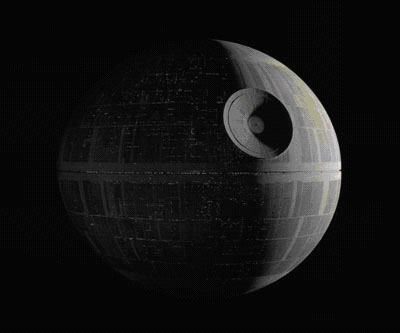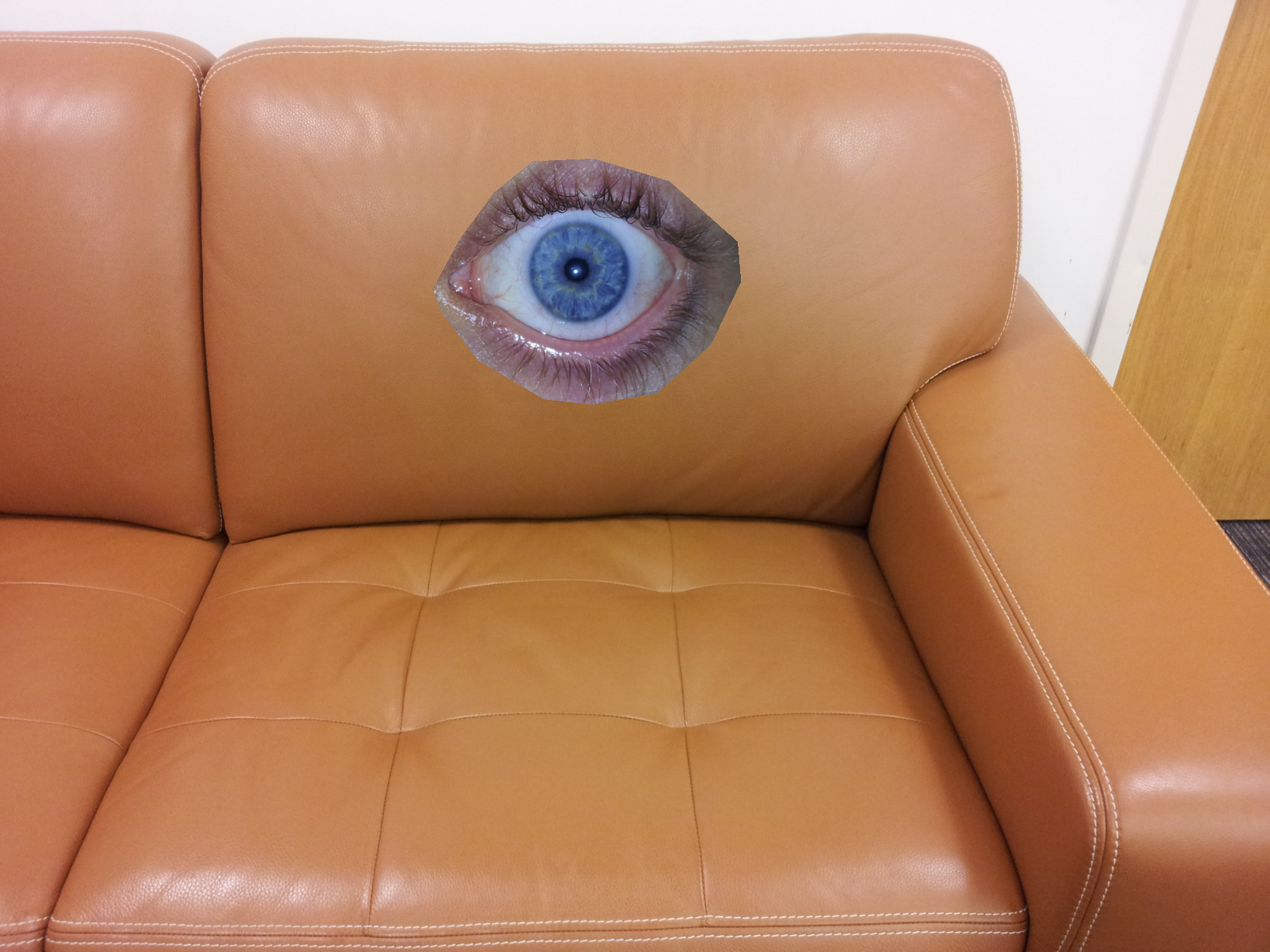





























The project is on gradient domain fusion. In every set below there is a source and a target image, with the goal being to seemlessly transfer a region in the source image to the target. In general, the goal is to create a fused image which matches the gradient of the source image within and up to the boundary of the selected region. In general, this is not possible, so I employ a least-squares approximation. All results are below.
| Source | Target | Naive Transfer | Blended Transfer | Mixed Gradient Transfer |
 |  |  |  |  |
 |  |  |  |  |
 |  |  |  |  |
 |  |  |  |  |
 |  |  |  |  |
 |  |  |  |  |